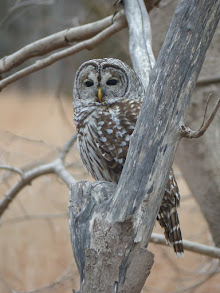
This fold-out map (it's one of three in the book) is from Russian and the Slavonic Languages by W. J. Entwistle and W. A. Morison, a volume in Faber & Faber's Great Languages series. There's probably nothing here that would be news to a philologist or a Slavic historian, and I don't know to what degree the situation may have altered since the book was published in 1949, but it's interesting to have the extent and diversity of Slavic diffusion displayed in graphic form.
The big gap to the west of the Black Sea is the territory occupied by speakers of Romanian (a Romance language) and Hungarian (Finno-Ugric). Among other things, the map illustrates the little pockets stranded by the shifting of borders and the back and forth of migrations. Some of those pockets must now be extinct, like the "Wendish Slovenes of Lake Leba" (not to be confused with the inhabitants of the former Yugoslavian Slovenia, far to the south) who were said by the authors to have already dwindled to some 200-250 individuals.

Of the book's co-authors, William J. Entwistle was the general editor of the Great Languages series, succeeding L. R. Palmer. He was apparently not strictly speaking a Slavic specialist, as his title was King Alfonso XIII Professor of Spanish Studies in the University of Oxford, Fellow of Exeter College, Oxford. Entwistle was also responsible for the volume in the series that was devoted to Spanish. Morison was a Slavicist at the University of London. Their work was performed under less than optimal conditions, but the combination of the recent devastation across Europe and the onset of the Cold War must have lent the book extra relevance, even urgency.
This book has been written under great stress, and cannot but show many faults. The war has absorbed the services of almost all the small band of competent students of Slavonic. One author has been wholly engulfed in public business, and the other partly, during the composition of the work, which has been elaborated too often in hotel bedrooms or railway carriages. Long neglect has left our libraries, despite the gallant efforts of the librarians, deficient in Slavonic works. Not infrequently we have been unable to consult essential works, and have had to rely on our own discretion.Several of the projected volumes in the Great Languages series were never completed; the project seems to have petered out around 1960, though some of the individual books have since been reprinted by other publishers.









